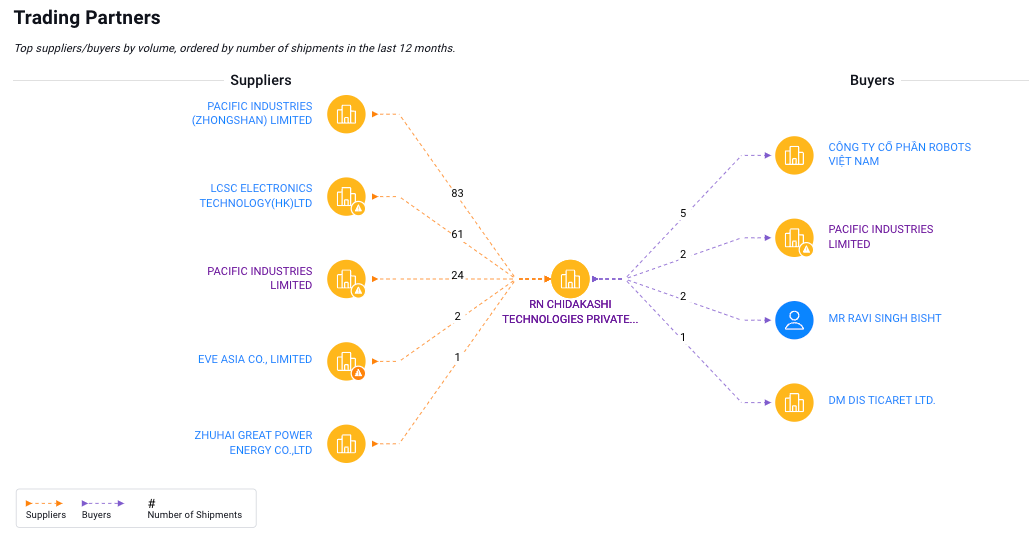by Mike Fredenburg via The Epoch Times,
The Marines, and now the Air Force and Navy, have cleared their Osprey fleets to fly after all U.S.-operated Ospreys were grounded earlier this month. Clearing the Ospreys involves implementing “risk mitigation controls,” part of which includes a more rigorous inspection regime and careful monitoring of hours flown.
However, while the Ospreys are once again flying, the airplane’s root problem driving these groundings has not been addressed. And the most recent groundings have once again thrust the Osprey’s long history of problems and crashes into the spotlight, with the most recent crash killing eight marines occurring in November of 2023.
As was the case with earlier groundings, the most recent grounding appears to be related to key parts of its complex tiltrotor transmissions not being able to stand up the stresses placed on them and growing weaker at a much faster rate than expected. As this issue affects all Ospreys, the Pentagon grounded all the planes on Dec. 9.
That the Osprey is so problem-plagued 43 years after Bell and Boeing began joint development of it begs several questions. The first is, with well over $10 billion expended on research, development, and testing, and the first test flight taking place way back in 1989, why does the Osprey continue to be so beset with issues, incidents, groundings, and crashes? And the second is, why taxpayers paid tens of billions to acquire V-22s that are unreliable, unsafe, and have arguably delivered less capability than the helicopters and airplanes they are supposedly replacing? The final question is whether it’s time to consider the V-22’s future from a sunk cost basis, and move away from using V-22s and back towards using more capable helicopters and fixed-wing aircraft.
Perhaps a tiltrotor could be designed that is reliable and safe, but after decades of accidents and mechanical failures it should be obvious that the V-22 design is critically flawed and unreliable. Consequently, perhaps, just perhaps, it is time to consider that their adoption has resulted in a net loss of capability, and look at limiting their use only to the small subset of missions and tasks that truly can only be performed by them.
Elaborating, the attraction of the Osprey is that it can perform the duties of both helicopters and fixed-wing aircraft. This mindset creates the temptation to look for opportunities to replace helicopters with Ospreys in the belief that not only do you get the benefits of a helicopter, but you get the range and speed of an airplane. Likewise, by replacing fixed-wing aircraft with Ospreys, you not only get an airplane, but you get the capabilities of a helicopter.
This certainly sounds like a big win. But even if the Osprey was safe and reliable, and did not cost so much to operate, the fact is that a tiltrotor aircraft is a lousy helicopter, and is at best a mediocre airplane.
Why Does the Osprey Make Such a Poor Helicopter?
Firstly, while the Osprey is a tiltrotor aircraft that can ascend and descend vertically, the fact that the vicious downwash generated by its proprotors is much more concentrated and intense than the downwash generated by a helicopter’s rotor(s) makes it inferior to a helicopter when it comes to executing a wide variety of tasks and missions.
Perhaps the biggest weakness relative to a helicopter is that an Osprey’s intense proprotor wash and hot exhaust strikes the ground with much greater force, throwing up rocks, sand, soil, and in some cases even helipads. This is not only a danger to anyone nearby, but the thrown-up ground materials can potentially be ingested by the engine, damaging it and causing it to fail. The obscuring cloud created by an Osprey can be so intense that the pilot cannot safely land due to lack of visibility.
The intense downwash also means that missions that require hovering, such as air-sea rescues and fast insertions involving troops repelling to the ground, and moving cargo by slings or nets, must be executed from a higher hover height. This, combined with the intensity of the proprotor downwash, makes Ospreys inferior to helicopters for such missions.
Additionally, hover time for Ospreys enveloped in the obscuring cloud is limited to 60 seconds or less. And due to heat issues, its hover time in general is far less than that of a helicopter.
Further, the Osprey’s intense propwash and engine exhaust damages ship decks perfectly suited to handle helicopters. Consequently, costly deck modifications have had to be made and/or will have to be made to our amphibious warships, which were designed to support helicopters. This is just another example of a helicopter’s vastly superior landing zone flexibility.
Finally, when an Osprey loses power, unlike a helicopter it cannot safely autorotate and its gliding ability is much inferior to that of a fixed-wing airplane. So in general, when loss of power occurs, its passengers and crew are less likely to survive, which is why the Osprey has earned the name “widow maker.”
Why the Osprey Is a Mediocre Airplane
The main reason that the Osprey will always at best be a mediocre airplane is that along with being more complex and less reliable, its proprotors are much less efficient than standard propellers. This lack of efficiency translates into burning more fuel and a lower top speed compared to comparably sized turboprops with standard-sized propellers.
All of the above does not negate that there are some missions for which a reliable and safe tiltrotor aircraft would be the best option. But given the V-22’s history and its $80,000 cost per flying hour, the services using V-22s need to take a hard look at their decision to replace reliable, more cost-effective, and arguably more capable helicopters and fixed-wing aircraft with the Ospreys
Given the V-22’s ongoing unresolved problems and their high operational costs, the Pentagon should consider the V-22 a sunk cost and only use Ospreys for the very limited sets of tasks and missions that can truly only be executed by the V-22. All other tasks and missions should be migrated over time to the helicopters and fixed-wing aircraft best suited to fulfill them.
Finally, a very hard look should be taken of the Army’s plans to move away from helicopters to a brand-new unproven tiltrotor, the V-280 Valor.





